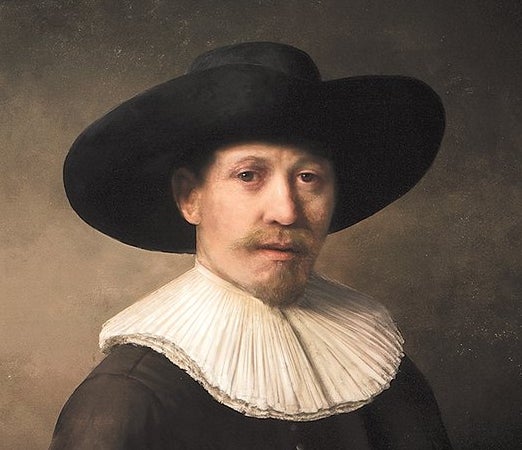The Next Rembrandt: Data analysts 'bring artist back to life' to create one last painting
'The idea was greeted with a lot of disbelief and scepticism'

Your support helps us to tell the story
From reproductive rights to climate change to Big Tech, The Independent is on the ground when the story is developing. Whether it's investigating the financials of Elon Musk's pro-Trump PAC or producing our latest documentary, 'The A Word', which shines a light on the American women fighting for reproductive rights, we know how important it is to parse out the facts from the messaging.
At such a critical moment in US history, we need reporters on the ground. Your donation allows us to keep sending journalists to speak to both sides of the story.
The Independent is trusted by Americans across the entire political spectrum. And unlike many other quality news outlets, we choose not to lock Americans out of our reporting and analysis with paywalls. We believe quality journalism should be available to everyone, paid for by those who can afford it.
Your support makes all the difference.Rembrandt may have died in 1669, but the artist is ‘still creating new paintings’ today - at least that’s what a group of data analysts would like you to believe.
"Can the great master be brought back to life to create a new painting?" asks the group behind The Next Rembrandt project in a short explainer video.
The idea is - by analysing his past work - a ‘new’ painting can be created, one that is completely different to all his other paintings but still fundamentally a Rembrandt.
Over an 18-month period, a team of art historians, engineers and developers from all over the world worked on the project, with the end result being a 3D printed work made up of 148 million pixels, based on 168,263 Rembrandt painting fragments.
“The idea was greeted with a lot of disbelief and scepticism,” creative director Bas Korsten told The Guardian. “Also coming up with the idea is one thing, bringing it to life is another.”
Software used to create the work analysed the geometry used by Rembrandt in his work, engineering a facial recognition algorithm that could be used to create the new work of art. The group ended up choosing a caucasian male, facing to the right, as the majority of Rembrandt's work tended to focus on that subject matter.
Korsten acknowledged the project couldn’t actually create a new Rembrandt - “Only Rembrandt could create a Rembrandt” - but did say that it was a brilliant way for people to understand “what made Rembrandt Rembrandt".
He added: "It is a way of keeping the great master alive.” The final artwork was unveiled in Amsterdam.
Join our commenting forum
Join thought-provoking conversations, follow other Independent readers and see their replies
Comments